Home>Dining>Table Decor>What Floral Arrangements Are Needed For A Wedding
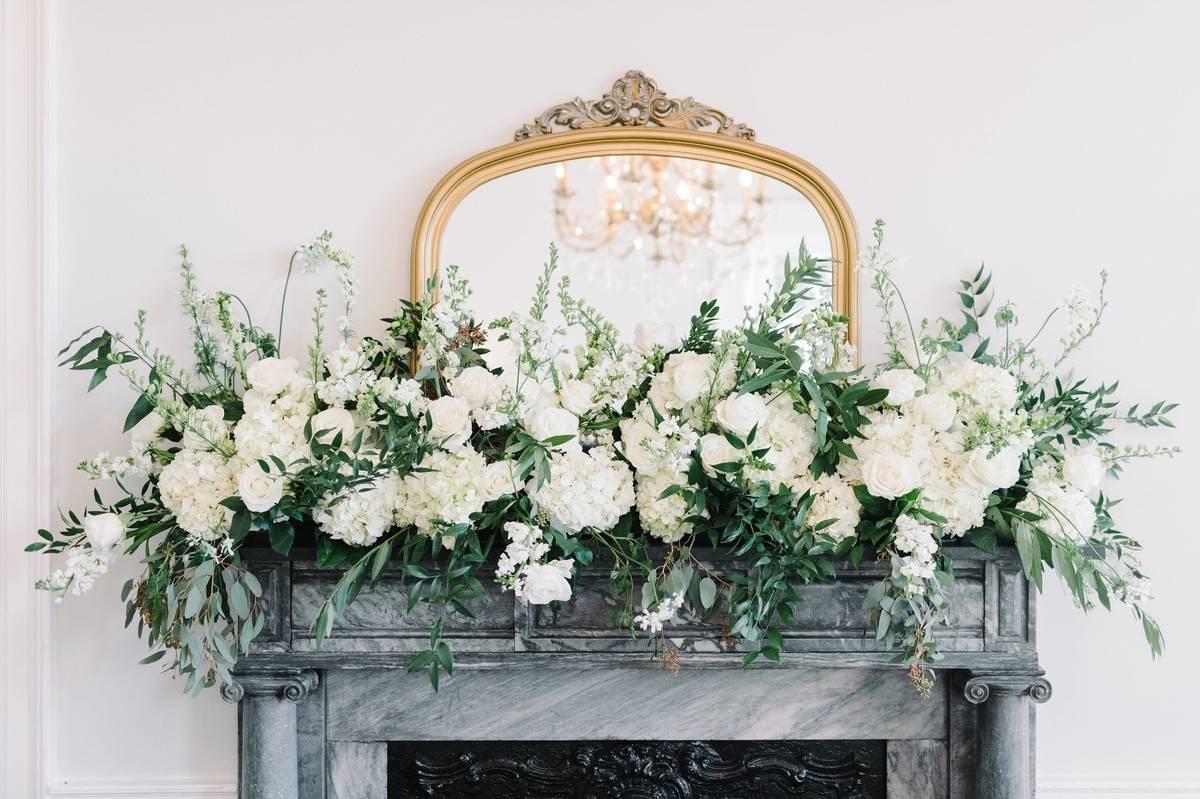

Table Decor
What Floral Arrangements Are Needed For A Wedding
Modified: March 2, 2024
Looking for stunning floral arrangements to enhance your wedding table decor? Discover the perfect table-decor floral arrangements for your special day and create a beautiful ambiance.
(Many of the links in this article redirect to a specific reviewed product. Your purchase of these products through affiliate links helps to generate commission for Storables.com, at no extra cost. Learn more)
Introduction
When it comes to planning a wedding, every detail matters, from the dress to the venue to the decor. And one aspect that can truly elevate the ambiance of any wedding is the floral arrangements. Beautiful blooms can transform any space into a romantic and enchanting setting, creating a memorable experience for both the couple and their guests.
Choosing the right floral arrangements for a wedding can be a delightful yet challenging task. The flowers you select will not only reflect your personal style and preferences but also tie together the overall theme and color palette of your special day. Whether you’re going for a rustic outdoor wedding or a glamorous indoor affair, there are floral arrangements to suit every taste and concept.
In this article, we will guide you through the different types of floral arrangements that are commonly needed for a wedding, starting from the bridal bouquet and extending to the various ceremony and reception decorations. By understanding the importance of each arrangement and how they all come together, you’ll be able to create a cohesive and visually stunning atmosphere that perfectly complements your wedding vision.
So let’s dive in and explore the world of wedding floral arrangements, discovering the key elements that will add a touch of natural beauty and romance to your special day.
Key Takeaways:
- Choose floral arrangements that reflect your wedding theme, color palette, and personal style. Collaborate with a florist to ensure the blooms complement the venue and create a visually stunning and cohesive atmosphere.
- From the bridal bouquet to the reception centerpieces, each floral element serves a purpose and adds a touch of elegance and beauty to your wedding celebration. Work closely with a florist to bring your floral dreams to life and create a memorable experience for you and your guests.
Read more: How To Pick Floral Arrangements For Weddings
Choosing the Right Floral Arrangements
When it comes to selecting the right floral arrangements for your wedding, it’s essential to consider several factors. The first step is to determine your wedding theme and color scheme. Are you going for a classic, romantic look with soft pastels? Or perhaps you prefer a bold and vibrant color palette for a more modern feel? Understanding your preferences will help guide you in choosing the perfect flowers and arrangements.
Next, think about the season in which your wedding will take place. Opting for flowers that are in season not only ensures their availability but also helps lower costs. It’s also a great way to showcase the beauty of that particular time of year. For example, spring weddings can feature blooming tulips and daffodils, while summer weddings can embrace the vibrant colors of sunflowers and hydrangeas.
Consider the venue where your wedding will be held. If you’re having an outdoor ceremony, you may want to choose arrangements that complement the natural surroundings, such as wildflowers or greenery. For a more formal indoor venue, elegant blooms like roses or calla lilies can create a sophisticated atmosphere.
Don’t forget to consider the size of your wedding party and the number of guests. Larger weddings may require more elaborate floral arrangements, while smaller, intimate affairs can be complemented by simpler yet equally beautiful displays.
Lastly, don’t be afraid to seek guidance from a professional florist. They have the expertise to advise you on flower choices, seasonal availability, and bouquet styles that will perfectly suit your vision. They can also work within your budget and help bring your floral dreams to life.
By carefully considering these factors, you’ll be able to choose the right floral arrangements that not only enhance the aesthetic of your wedding day but also create a harmonious and memorable experience for you and your guests.
Bridal Bouquet
The bridal bouquet is arguably the most important floral arrangement of the entire wedding. It is the centerpiece that the bride carries as she walks down the aisle, symbolizing her beauty and grace. The bouquet should not only complement the bride’s attire but also reflect her personal style and taste.
When choosing the blooms for the bridal bouquet, consider the color scheme and theme of your wedding. If you have a classic white wedding, a bouquet of lush white roses or elegant orchids would be a timeless choice. For a more vibrant and eclectic wedding, you can opt for a mix of bold and colorful blooms like peonies, ranunculus, or dahlias.
Besides the flowers themselves, think about the shape and style of the bouquet. There are various bouquet styles to choose from, such as round, hand-tied, cascade, or composite. The round bouquet is a classic choice, featuring a symmetrical arrangement of flowers. The hand-tied bouquet has a more natural and organic look, as if the blooms were freshly gathered from a garden. The cascade bouquet is characterized by blooms that cascade or “waterfall” down, creating a flowing and elegant effect. The composite bouquet is a unique style where individual petals are individually wired together to create the illusion of a large single bloom.
Remember to consider the size of the bouquet in relation to the bride’s figure and dress. Petite brides may opt for smaller, more delicate bouquets, while taller brides can carry larger, more extravagant arrangements. The bouquet should proportionately complement the bride without overwhelming her.
Lastly, don’t forget to add some personal touches to the bouquet. You can incorporate sentimental elements such as a locket with a photo, a special charm, or a ribbon with initials. These small details can add a meaningful and personalized touch to the bridal bouquet.
The bridal bouquet is a reflection of the bride’s personality and style. It should not only make a statement but also bring joy and confidence to the bride as she walks down the aisle. Take your time to choose the perfect blooms and design, and work closely with your florist to create a bridal bouquet that is truly unique and breathtaking.
Bridesmaid Bouquets
Just as the bridal bouquet is a focal point, the bridesmaid bouquets play a significant role in the overall aesthetic of the wedding. These bouquets should complement the bridal bouquet while still reflecting the style and personality of the bridesmaids.
In most cases, the bridesmaid bouquets are smaller versions of the bridal bouquet. This helps create a cohesive look among the wedding party. However, you can also choose to differentiate the bridesmaid bouquets by using a similar color palette or theme but with different flower combinations or arrangements.
When selecting the blooms for the bridesmaid bouquets, consider the color scheme of the wedding and the bridesmaids’ dresses. To create a cohesive appearance, you can choose flowers that are similar in color to the bridal bouquet but with minor variations or complementary hues. This will create a harmonious and visually appealing look.
Similar to the bridal bouquet, consider the size and shape of the bridesmaid bouquets in relation to the height and build of the bridesmaids. Smaller bouquets may be more suitable for petite bridesmaids, while taller bridesmaids can carry slightly larger arrangements.
Take into account the personal preferences and styles of your bridesmaids. If they have allergies or specific flower preferences, it’s essential to accommodate their needs. You can also incorporate their favorite flowers or incorporate meaningful elements that reflect their personalities, such as incorporating their birth flowers or using blooms that hold sentimental value to them.
Ultimately, the goal is to create bridesmaid bouquets that beautifully complement the overall wedding aesthetic while allowing the bridesmaids to feel confident and radiant as they walk down the aisle. By paying attention to the color palette, size, and personal preferences of the bridesmaids, you can create bouquets that enhance the beauty of the entire wedding party.
Groom’s Boutonniere
The groom’s boutonniere is a small yet significant floral arrangement worn on the lapel of the groom’s suit or tuxedo. It serves as a visual representation of the wedding theme and ties the groom’s attire together with the overall floral decor.
When choosing the flowers for the groom’s boutonniere, it is essential to consider the color palette and theme of the wedding. The boutonniere should complement the bridal bouquet and bridesmaid bouquets while maintaining a masculine and sophisticated appearance.
Roses are a popular choice for groom’s boutonnieres due to their classic and timeless appeal. However, other flowers like carnations, calla lilies, or even small blooms from the bridal bouquet can also be used. Ensure that the chosen flowers are hardy and can withstand being worn throughout the day without wilting.
Consider incorporating elements from the bridal bouquet or the overall wedding decor into the groom’s boutonniere to create cohesiveness. This can be done by using similar flowers or adding small accents like greenery, berries, or ribbons that match the wedding color scheme.
Size is an important factor to consider when designing the groom’s boutonniere. It should be proportionate to the groom’s suit and lapel size. Typically, boutonnieres are small and compact, consisting of a single flower or a few blooms, complemented by foliage or other natural elements.
In addition to the boutonniere, you can also consider adding personal touches that hold significance to the groom. This could be a small charm, a meaningful pin, or an element that represents the groom’s hobbies or interests.
It is crucial to work closely with the florist to ensure that the groom’s boutonniere matches his personal style and enhances his overall look on the wedding day. A well-designed boutonniere will add a touch of elegance and sophistication to the groom’s attire, completing his wedding day ensemble.
Corsages for Mothers and Grandmothers
Corsages are a traditional and elegant way to honor the mothers and grandmothers of the bride and groom. These beautiful floral arrangements are worn on the wrist or pinned to the dress, symbolizing their special role and importance in the wedding celebration.
When selecting corsages for the mothers and grandmothers, it is essential to consider their personal preferences and the overall wedding theme. The corsages should coordinate with the color palette and style of the wedding while complementing the attire of the mothers and grandmothers.
Most corsages are created using petite blooms similar to those used in the bridal bouquet and bridesmaid bouquets. Roses, orchids, and carnations are popular choices for corsages due to their durability and classic appeal. You can also incorporate small amounts of greenery or accent flowers to add depth and texture.
While the design of the corsage can vary, it typically consists of one or two focal flowers, accompanied by foliage and embellishments like ribbons or decorative pins. The size of the corsage should be proportional to the wearer’s wrist or outfit, ensuring it is comfortable and not overwhelming.
Communicate with the mothers and grandmothers to understand their preferences and ensure they feel comfortable with the corsages. Take into account any allergies or associations with specific flowers to ensure a pleasant experience for everyone.
It is a thoughtful gesture to present the corsages to the mothers and grandmothers during a private moment before the ceremony, expressing gratitude for their love, support, and presence on this special day. The corsages will not only add a touch of beauty and elegance to their attire but also serve as a meaningful keepsake to remember the wedding celebration.
Work closely with your florist to design corsages that reflect the personal style and preferences of the mothers and grandmothers, creating floral arrangements that bring joy and honor their presence on your wedding day.
Ceremony Décor
The ceremony is the heart of any wedding, and the right floral arrangements can transform the space into a breathtaking and romantic setting. From the altar to the aisle, the ceremony décor plays a pivotal role in creating an ambiance that sets the tone for the entire celebration.
When considering the ceremony décor, start by examining the venue and its existing features. Whether it’s a church, garden, beach, or a rustic barn, understanding the style and surroundings will help guide your floral choices.
Altar arrangements are a focal point of the ceremony. They draw attention and provide a beautiful backdrop for vows and exchanges of rings. Consider creating large floral arrangements on pedestals or incorporating arches adorned with cascading flowers and greenery. These arrangements should be substantial enough to catch the eye while still allowing the focus to remain on the couple.
The aisle decorations also play a significant role in enhancing the ceremony space. You can opt for hanging floral arrangements along the chairs or pews, or place elegant floral arrangements at the ends of the rows. Delicate petals strewn along the aisle create a romantic and whimsical atmosphere.
Consider the color palette and style of the wedding when selecting the flowers and greenery for the ceremony décor. Ensure they complement the bridal bouquet and other arrangements, creating a cohesive and harmonious look throughout the ceremony space.
Additionally, you can include supplementary floral accents such as flower petals leading up to the altar, floral arrangements on signboards or walls, or garlands of greenery along the aisle. These details add depth and visual interest, enhancing the overall aesthetic of the ceremony.
It’s important to work closely with your florist to discuss and plan the ceremony décor, taking into account your vision, budget, and any restrictions imposed by the venue. They can make suggestions based on their expertise and help bring your floral dreams to life.
By thoughtfully curating the ceremony décor, you can create a spectacular setting that not only sets the mood for the wedding but also leaves a lasting impression on both the couple and the guests. The ceremony becomes a truly magical experience, surrounded by the beauty of carefully chosen floral arrangements.
Consider the style and theme of the wedding when choosing floral arrangements. Classic options include bouquets, boutonnieres, centerpieces, and ceremony arches. Be sure to communicate with the couple to understand their preferences.
Altar Arrangements
Altar arrangements hold a significant role in the overall ceremony décor. These floral arrangements serve as the focal point of the altar, framing the space where the couple will exchange their vows and symbolizing the beauty and love shared on their wedding day.
When designing altar arrangements, it’s essential to consider the style and theme of the wedding. You want the arrangements to harmonize with the overall aesthetic and create a visually stunning backdrop for the couple.
Size is an important consideration for altar arrangements. They need to be substantial enough to make an impact in the ceremony space but not overpowering. Consider the size of the venue and the dimensions of the altar when deciding on the proportions of the arrangements.
The choice of flowers can vary based on personal preference and wedding theme. Classic blooms like roses, lilies, and hydrangeas lend an elegant and timeless feel. For a more rustic or bohemian wedding, sunflowers, wildflowers, or branches with blossoms can create a more organic and nature-inspired look.
Greenery plays an important role in altar arrangements as well. It adds texture, depth, and a touch of freshness. Eucalyptus, ivy, ferns, and trailing vines are popular choices that can be incorporated into the arrangements to provide a lush and organic feel.
Consider the height of altar arrangements to ensure they are visible to the entire congregation. You want the blooms to be seen but not obstruct the view of the couple or the ceremony. Tall arrangements on pedestals or elevated stands can create a dramatic effect, while lower arrangements that sweep across the altar can provide a more intimate and romantic atmosphere.
Don’t be afraid to incorporate other elements into the altar arrangements, such as candles, lanterns, or decorative accents. These additions can enhance the overall visual impact and create a sense of warmth and ambiance in the ceremony space.
Working closely with your florist is crucial when designing altar arrangements. They can provide expert advice on flower selection, arrangement design, and placement. Collaborate with them to ensure that the altar arrangements align with your vision and create a breathtaking setting for you and your partner as you exchange your vows.
Altar arrangements hold a special significance, symbolizing the beauty and commitment that will be expressed during the wedding ceremony. With careful attention to detail and a personalized touch, these floral arrangements become a focal point for the couple and their guests, creating a truly unforgettable moment.
Aisle Decorations
Aisle decorations play a significant role in enhancing the overall ambiance of a wedding ceremony. They guide the couple’s path as they make their way down the aisle and create a beautiful and visually captivating experience for both the couple and their guests.
There are various ways to decorate the aisle, depending on your wedding theme and personal style. Here are a few ideas to inspire you:
Flower Petals: One of the most classic and romantic aisle decorations is scattering flower petals along the pathway. Whether it’s rose petals, daisies, or a mix of colorful blossoms, they create a whimsical and enchanting atmosphere. Consider using petals in colors that coordinate with your overall wedding palette.
Aisle Markers: Another option is using decorative markers along the sides of the aisle. These can be floral arrangements in vases or baskets, hanging lanterns, or tall potted plants. Choose arrangements that complement the rest of your wedding flowers and align with your desired style and theme.
Chair Decorations: If your ceremony venue has chairs lining the aisle, you can add decorative accents to the chairs themselves. Consider tying small bouquets or bundles of flowers to the chairs using ribbons or delicate fabrics. This creates a cohesive and elegant look throughout the ceremony space.
Greenery Garlands: For a natural and organic look, consider adorning the edges of the aisle with garlands of lush greenery. You can intertwine them with delicate flowers or let the greenery make a statement on its own. This bohemian-inspired decor adds a touch of whimsy and earthiness to the ceremony space.
Lighting Accents: Incorporating lights into your aisle decorations can create a romantic and ethereal atmosphere. Whether it’s hanging fairy lights along the sides of the aisle, delicate candles in glass jars, or lanterns placed sporadically, the soft glow adds a magical touch to the ceremony setting.
Remember to consider the layout and size of your ceremony venue when planning aisle decorations. Make sure they don’t obstruct the path or hinder the view of the couple and their guests. It’s important that the decorations enhance the experience rather than becoming distractions.
Working closely with your florist or wedding planner can help you bring your aisle decoration ideas to life. They can provide guidance on the best flower choices, arrangements, and placement. Collaborate with them to ensure the aisle decorations align with your overall vision and create a striking visual impact.
Aisle decorations add a touch of beauty and romance to the wedding ceremony. They guide the couple on their special journey while creating a memorable and enchanting atmosphere for everyone in attendance.
Read more: What Are Floral Arrangements
Reception Centerpieces
Reception centerpieces are one of the key elements that tie together the overall aesthetic of a wedding reception. These carefully curated floral arrangements adorn the tables, creating a captivating and inviting atmosphere for guests to enjoy throughout the celebration.
When designing reception centerpieces, it’s essential to consider the style and theme of your wedding. The centerpieces should complement the overall decor, but also reflect your personal taste and vision. Whether you prefer a glamorous and opulent look or a simple and minimalist style, there are centerpieces to suit every preference.
Flower selection is a crucial aspect of creating striking centerpieces. Consider the color palette and overall theme of your wedding to guide your choices. Popular flower options include roses, peonies, hydrangeas, and ranunculus, but you can also incorporate unique and seasonal blooms to add a touch of individuality. Don’t hesitate to consult with your florist for their expertise and advice on flower choices that will coordinate with your vision.
It’s important to consider the size and proportion of the centerpieces in relation to the tables and the overall space. The centerpieces shouldn’t obstruct guests’ view or prevent them from comfortably engaging in conversations. Opting for arrangements that are low and compact, or tall but slender, can ensure an unobtrusive yet visually impactful decor.
Incorporate additional elements into the centerpieces to add depth and interest. Foliage, branches, berries, or other natural accents can provide texture and create a dynamic arrangement. You can also experiment with different vase shapes, candles, or decorative items that align with your wedding theme.
For a cohesive look, consider using a consistent design or color scheme for all the centerpieces. However, variations in height, size, and flower arrangement can add visual interest to the overall table setting. This creates a dynamic and appealing display that captures guests’ attention.
Consider the practical aspects of the centerpieces as well. Make sure they don’t obstruct guests’ view across the table or pose difficulties when dining. Creating a balance between beauty and functionality is essential when designing the centerpieces.
Work closely with your florist to ensure that the reception centerpieces align with your vision and budget. They can provide valuable advice on flower choices, design options, and seasonal availability. Collaborating with professionals ensures that your centerpieces are executed flawlessly and create the desired impact.
Reception centerpieces are not only decorative elements but also conversation starters and mood enhancers. They set the tone for your wedding reception, creating an enchanting and immersive atmosphere for you and your guests to cherish and enjoy throughout the celebration.
Head Table Floral Arrangements
The head table at a wedding reception holds a special place of honor for the couple and their closest friends and family. The floral arrangements on the head table not only serve as a beautiful focal point but also create a sense of elegance and luxury. These arrangements should be carefully curated to enhance the overall aesthetic and add a touch of sophistication to the reception.
When designing head table floral arrangements, it’s important to consider the size and layout of the table. The arrangements should be proportionate to the table’s length and width, without overpowering or obstructing guests’ view. You can opt for a single long centerpiece that extends along the length of the table or create a series of smaller arrangements that are evenly spaced.
When selecting flowers for the head table, consider the color palette and theme of your wedding. The arrangements should harmonize with the overall decor while reflecting your personal style. Roses, hydrangeas, orchids, and peonies are popular choices for head table floral arrangements due to their elegance and versatility.
Consider incorporating greenery and other elements to add depth and texture to the arrangements. Foliage such as eucalyptus or ferns can provide a lush backdrop, while branches or berries can add an organic and natural touch. You can also enhance the visual impact by including candles, crystal accents, or decorative items that match your wedding theme.
Create a sense of continuity by coordinating the head table arrangements with the rest of the reception centerpieces. While the head table arrangements can be more elaborate and larger in size, maintaining a cohesive design and color scheme helps create a harmonious and visually appealing reception space.
The head table arrangements should not only captivate guests but also allow for conversation and interaction among the wedding party. It’s crucial to ensure that the height and placement of the arrangements do not obstruct communication or hinder eye contact.
Collaborate closely with your florist to bring your vision for the head table arrangements to life. They can provide expertise on flower choices, design options, and even suggest unique ideas that will make your head table truly standout. Together, you can create a stunning display that reflects the beauty, love, and joy of your special day.
The head table floral arrangements add an extra touch of elegance and grandeur to the wedding reception. They create a focal point that not only showcases the couple but also elevates the overall aesthetic of the celebration. These carefully curated arrangements make a lasting impression and become a cherished memory for the couple and their guests.
Cake Decorations
A wedding cake is not only a delectable treat but also a stunning centerpiece at any wedding reception. To enhance the visual appeal and tie in the overall wedding theme, cake decorations are essential. These floral accents and design elements add a touch of beauty and elegance to the cake, making it a true work of art.
When considering cake decorations, it’s important to work closely with your baker and florist to ensure a cohesive design. Here are a few ideas to inspire you:
Floral Toppers: One of the most popular and timeless cake decorations is the use of fresh flowers as cake toppers. These can be small clusters of blooms that match your wedding bouquet or centerpieces, or a single statement flower that adds a pop of color and sophistication. Coordinate with your florist to select flowers that work well with the cake design and can withstand being placed on top of the cake.
Fondant Flowers: Fondant is a versatile icing that allows for intricate and detailed designs. It can be shaped into beautiful and delicate flowers that mimic real blooms. From roses to peonies to cascading flowers, fondant flowers can create a whimsical and romantic look for your cake. Consult with your baker to discuss design options and color choices that complement your wedding theme.
Greenery Accents: Incorporating greenery into your cake decorations is another popular trend. From tiny leaves cascading down the tiers to delicate vines wrapping around the cake, greenery accents add a natural and organic touch. Consider using edible herbs like rosemary or mint to infuse a subtle and refreshing flavor into the cake.
Decorative Details: Don’t overlook the small decorative details that can elevate the cake’s presentation. Adorn the tiers with edible pearls, ribbons, or delicate lace patterns that match the theme of your wedding. These embellishments add texture and elegance, creating a visually stunning cake.
It’s crucial to communicate your vision and preferences with both your baker and florist. Share inspiration photos, discuss your color palette, and ensure that they understand your desired design aesthetic. Working collaboratively with these professionals ensures that the cake decorations complement the overall wedding theme and create a cohesive and memorable look.
Remember, cake decorations should not only be visually appealing but also safe for consumption. Discuss any edible flowers or decorations with your baker to ensure they are safe to be placed on a cake.
The cake decorations are the finishing touch to the culinary masterpiece that is your wedding cake. With careful consideration and collaboration, these artistic accents will create a cake that not only tastes delightful but also doubles as a stunning centerpiece at your wedding reception.
Thank You Bouquets
Thank you bouquets are a beautiful and thoughtful way to express gratitude to those who have played an important role in your wedding. Whether it’s your parents, bridal party, or close friends and family, these bouquets serve as a special token of appreciation for their love, support, and involvement in your special day.
When selecting flowers for thank you bouquets, consider the preferences and personalities of the recipients. Think about their favorite flowers or colors to create a personalized and meaningful arrangement. Including flowers that were used throughout your wedding can also serve as a reminder of the beautiful memories shared.
Thank you bouquets can be created using similar flowers and design elements as the bridal bouquet or bridesmaid bouquets. This helps create a cohesive visual connection between them while carrying the spirit of gratitude. However, you can also choose to differentiate the thank you bouquets by using complementary blooms or unique arrangements.
Take the opportunity to add a personal touch to the bouquets by incorporating meaningful extras. Attach a handwritten note expressing your heartfelt thanks or include small tokens that hold significance to the recipient. These personal touches will make the bouquets even more meaningful and convey the depth of your gratitude.
Consider the size and shape of the thank you bouquets to ensure they are practical for gifting. Smaller, handheld bouquets may be more convenient for recipients, allowing them to easily hold and appreciate the floral beauty. Discuss with your florist to find the ideal size that balances aesthetics with functionality.
Thank you bouquets can be presented to the recipients during a special moment or at the end of the wedding reception. Plan a moment to express your gratitude and share your feelings of appreciation. This gesture will leave a lasting impression and make the recipients feel truly valued and loved.
Work closely with your florist to design thank you bouquets that capture the essence of your gratitude while matching your overall wedding style. They can guide you in selecting blooms and creating arrangements that convey the right emotions and sentiments.
Thank you bouquets symbolize more than just a gesture of thanks; they are tokens of love and appreciation. Whether presented to parents, bridal party members, or other important individuals, these bouquets serve as a lasting reminder of the special bond shared on your wedding day.
Read more: How To Arrange Ikebana Floral Arrangements
Conclusion
When it comes to planning a wedding, the floral arrangements play a significant role in creating a visually stunning and enchanting atmosphere. From the bridal bouquet to the reception centerpieces, each floral element contributes to the overall aesthetic and ambiance of the celebration. These blooms have the power to evoke emotions, captivate guests, and make lasting memories.
Choosing the right floral arrangements requires careful consideration of various factors. It’s important to align the flowers with the wedding theme, color palette, and personal preferences. Select blooms that are in season to ensure their availability and to showcase the natural beauty of that specific time of year.
From the bridal bouquet that represents the bride’s style and personality, to the bridesmaid bouquets that complement the wedding party, each arrangement has a purpose and significance. The groom’s boutonniere adds a touch of elegance to his attire, while corsages honor and appreciate the mothers and grandmothers. The ceremony décor creates a captivating backdrop as the couple exchanges vows, and the reception centerpieces set the stage for a memorable celebration.
Remember to collaborate closely with your florist, as their expertise and artistic insights can bring your floral dreams to life. Communicate your vision, preferences, and budget, and they will guide you in selecting the perfect flowers, designs, and arrangements for your special day.
Seamlessly incorporating creativity and thoughtful details into your floral arrangements will leave a lasting impression on your guests. The beauty of the blooms will evoke romance, create an immersive experience, and enhance the joy and love that surrounds the wedding celebration.
As you embark on the journey of planning your wedding, immerse yourself in the world of floral arrangements. Let your imagination run wild, and let the flowers tell your unique love story. With every petal, bloom, and arrangement, you’ll create an unforgettable experience that truly reflects your style, personality, and the deep connection you share with your partner.
So embrace the beauty of table decor, infuse it with your own creativity, and let your wedding be a masterpiece woven through flowers and love.
Frequently Asked Questions about What Floral Arrangements Are Needed For A Wedding
Was this page helpful?
At Storables.com, we guarantee accurate and reliable information. Our content, validated by Expert Board Contributors, is crafted following stringent Editorial Policies. We're committed to providing you with well-researched, expert-backed insights for all your informational needs.
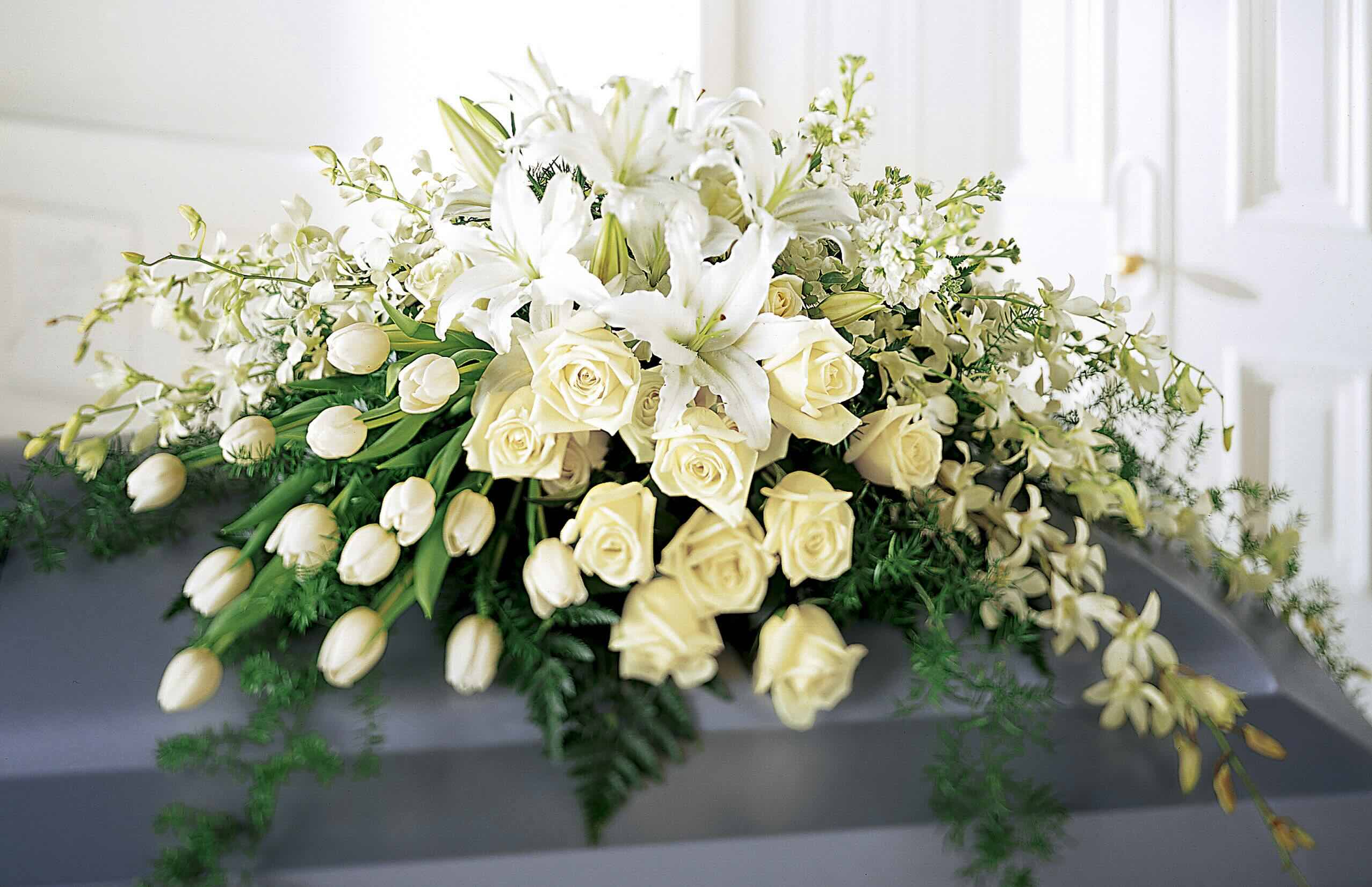
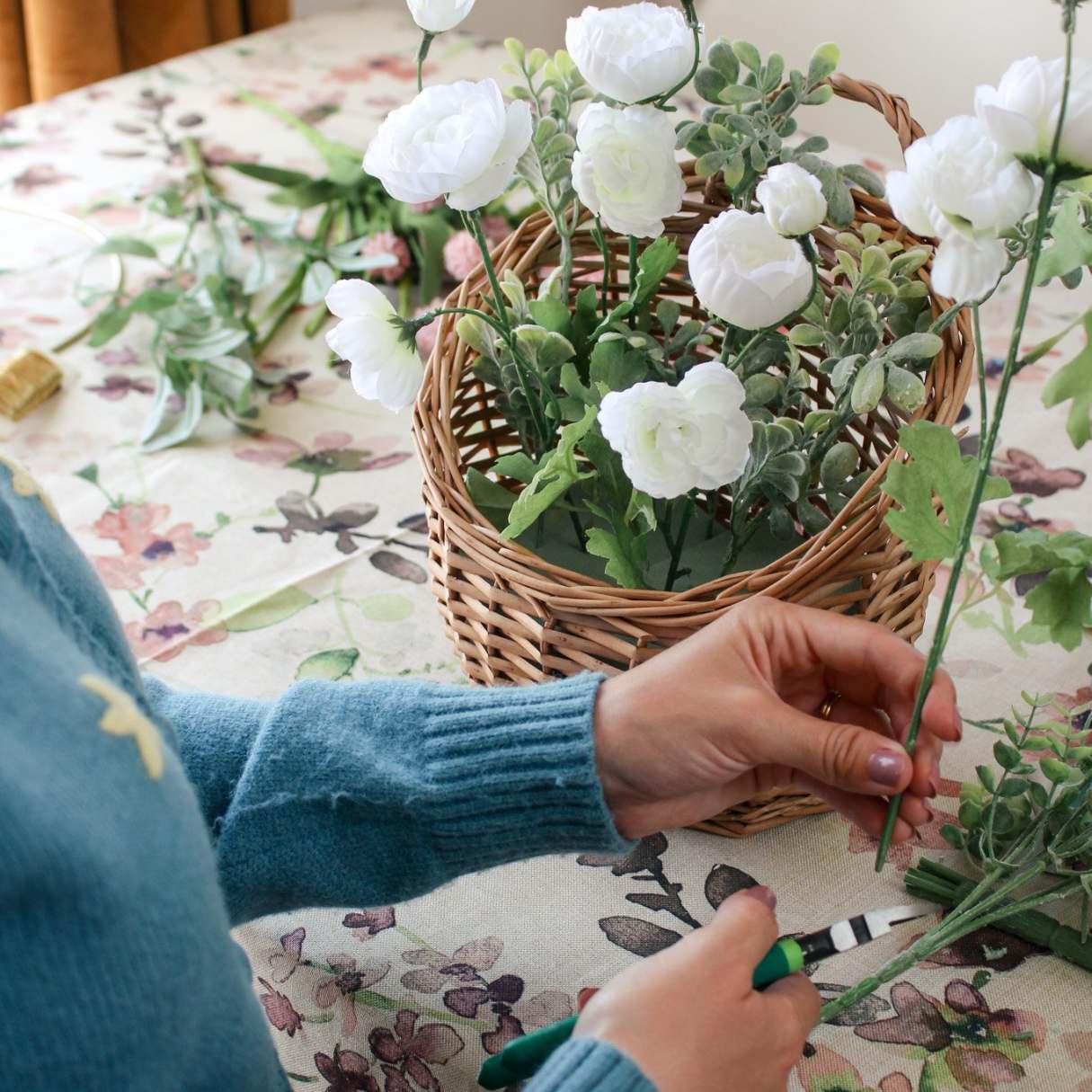
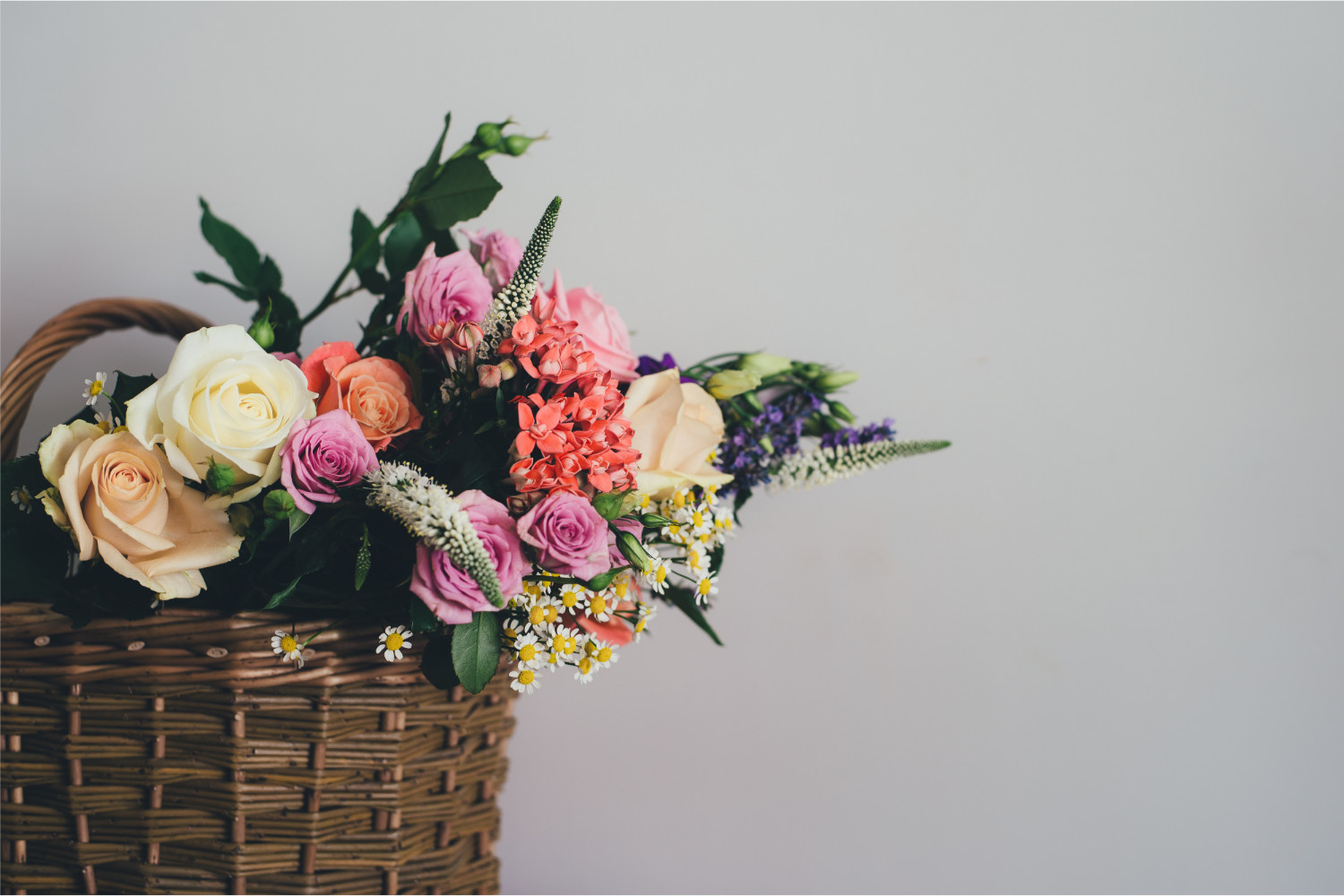
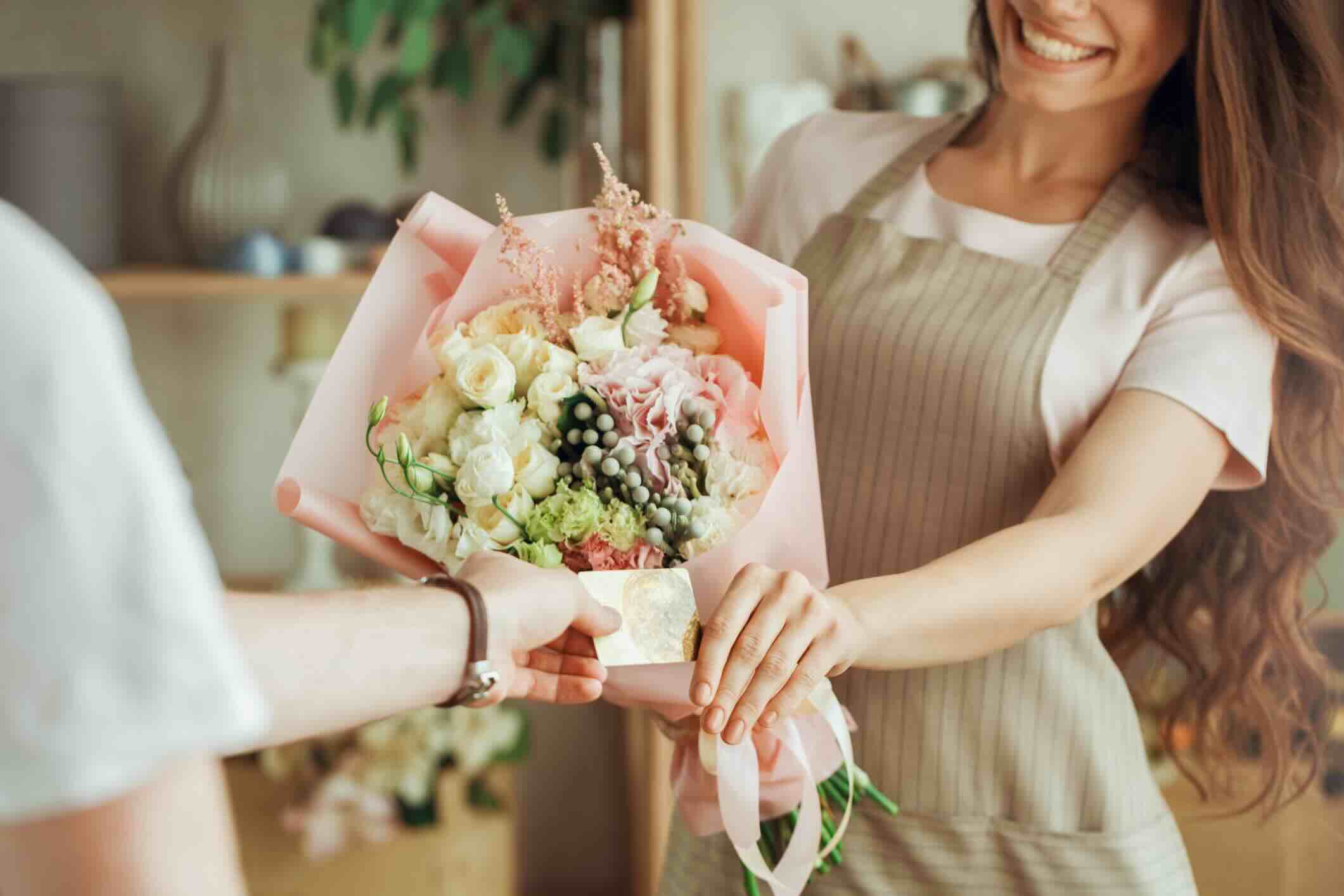
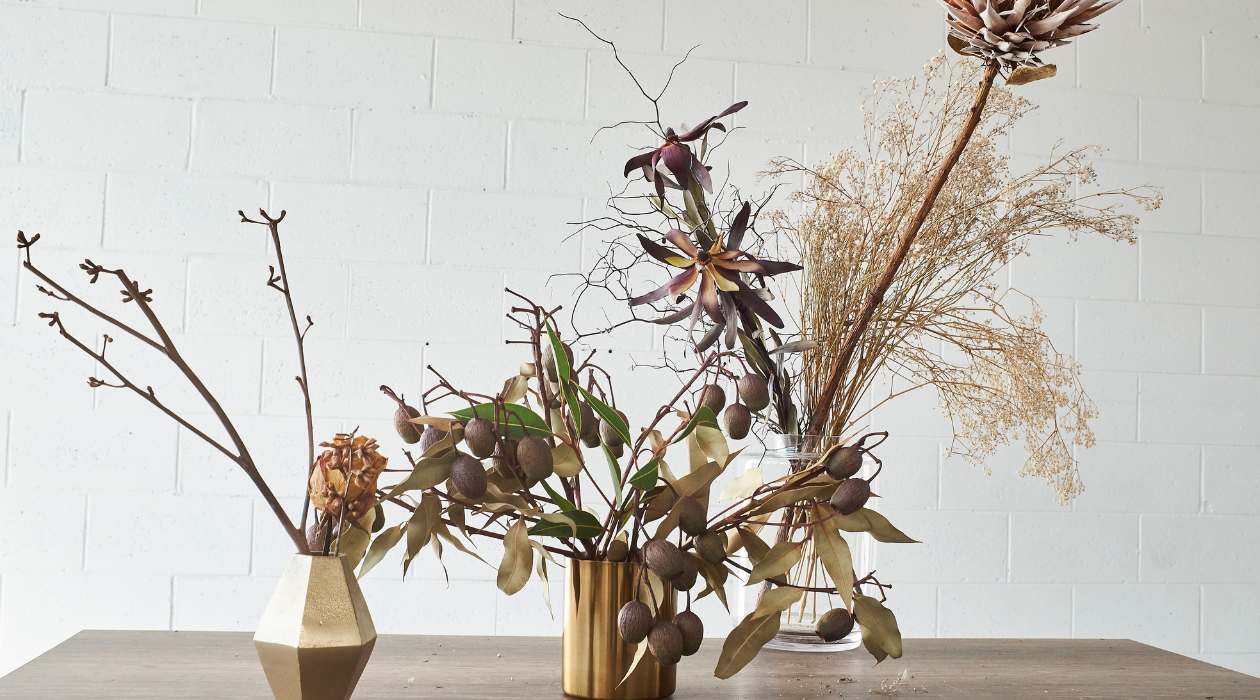
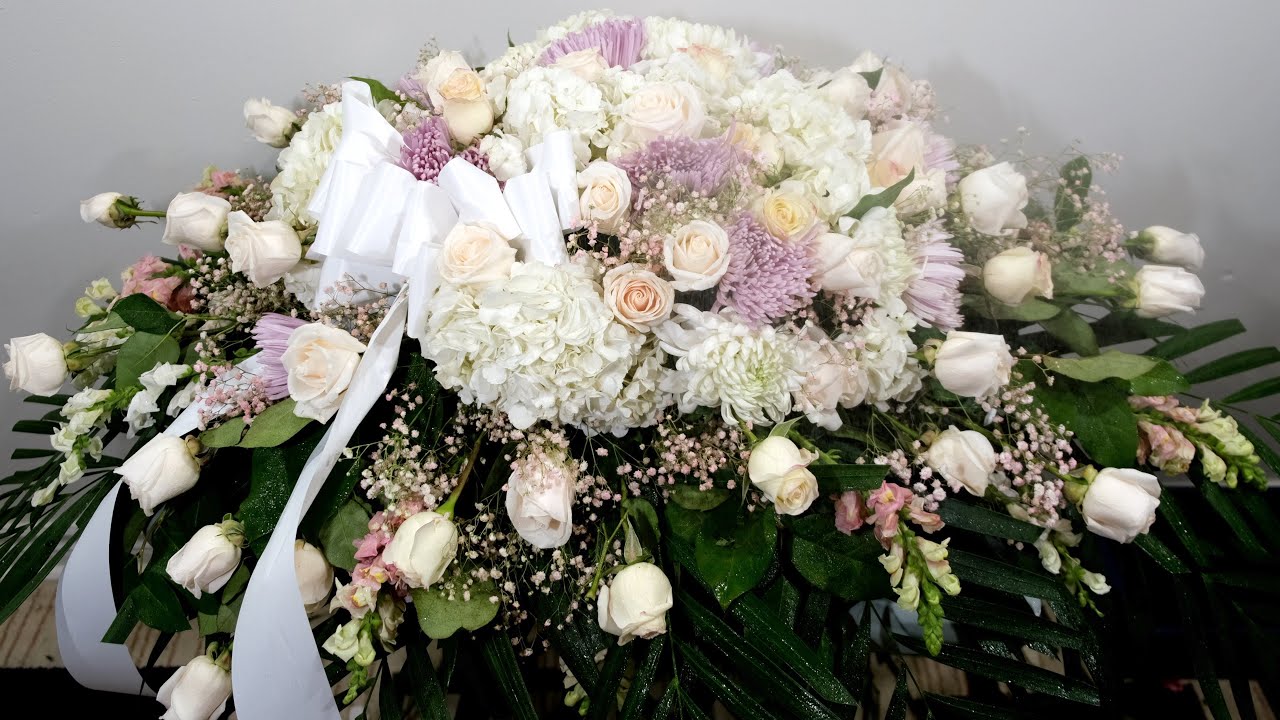
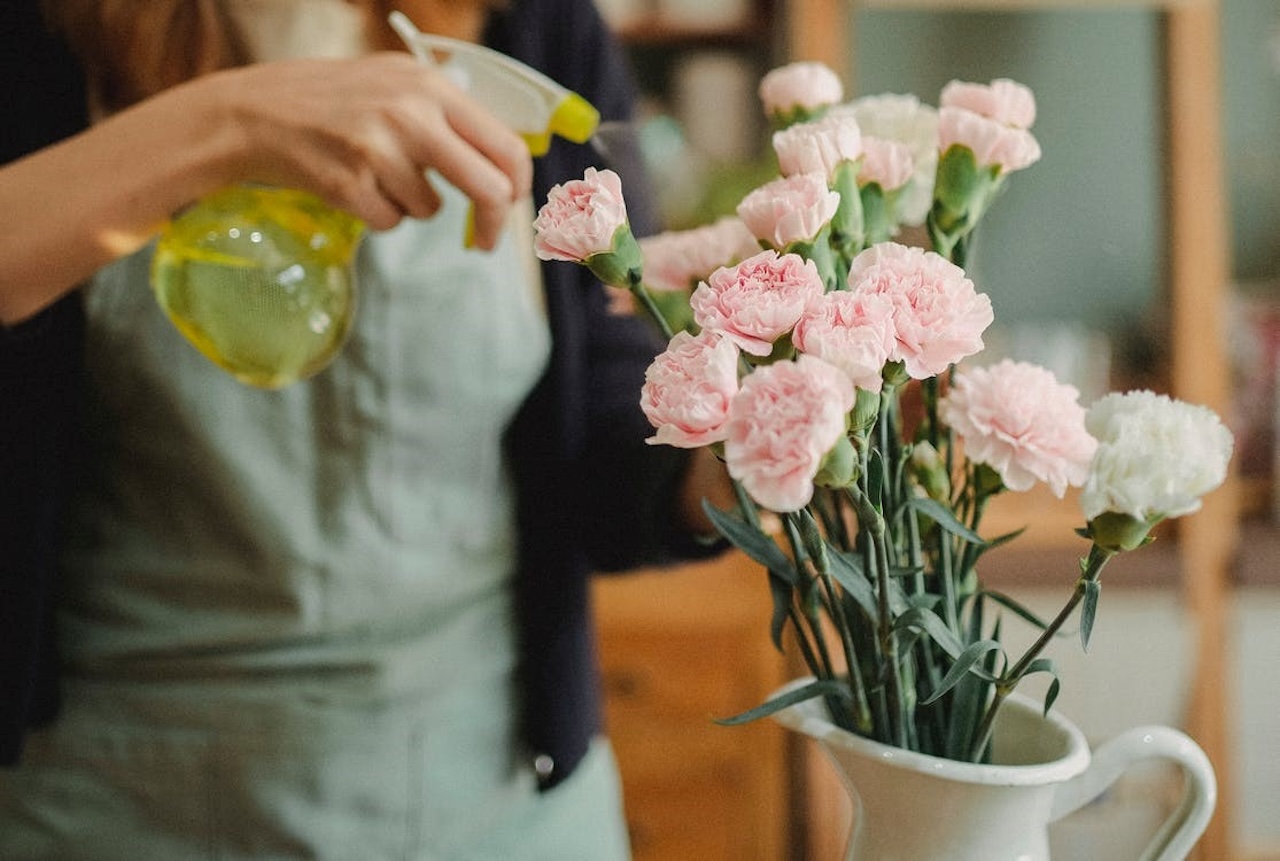
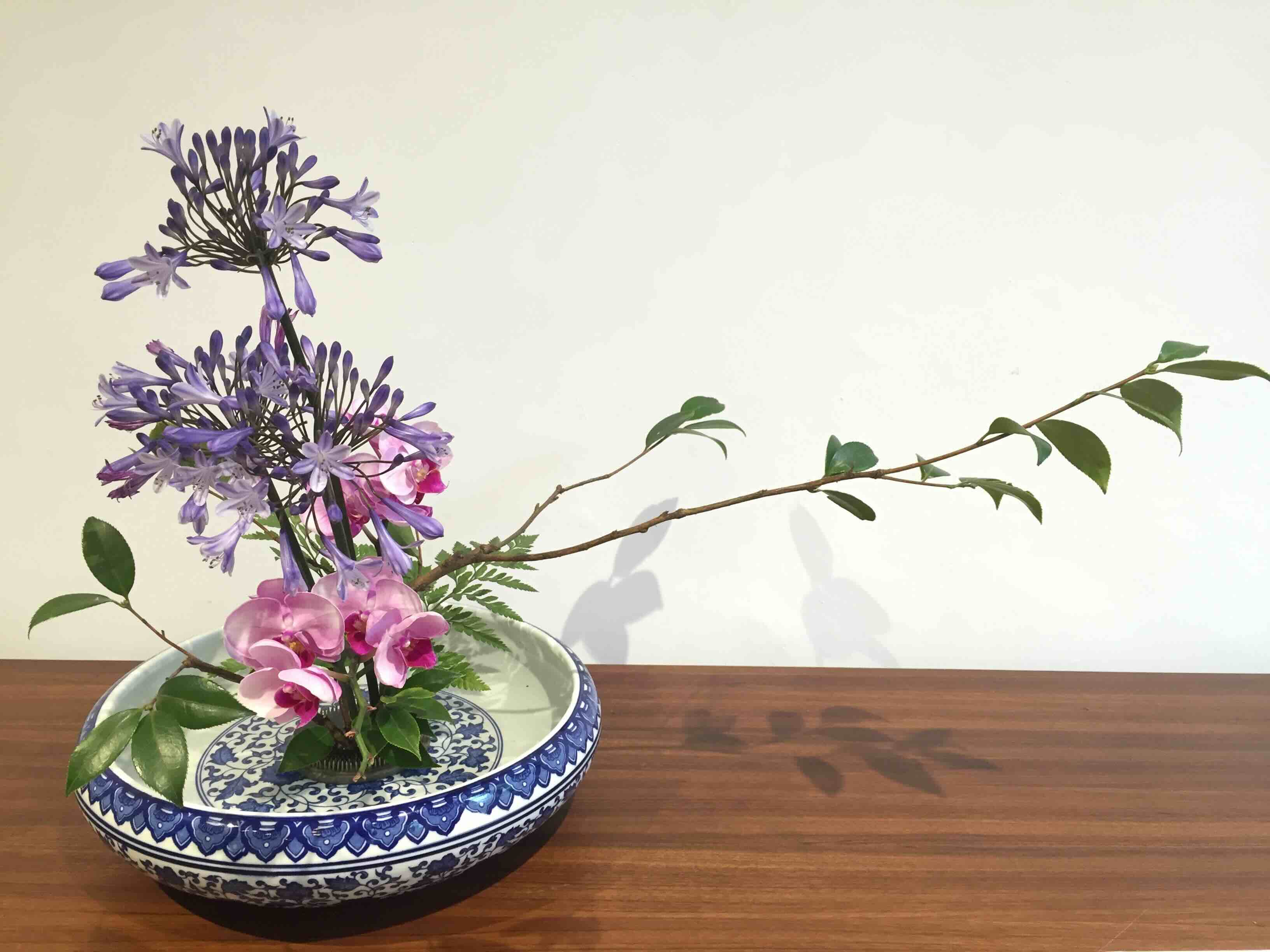
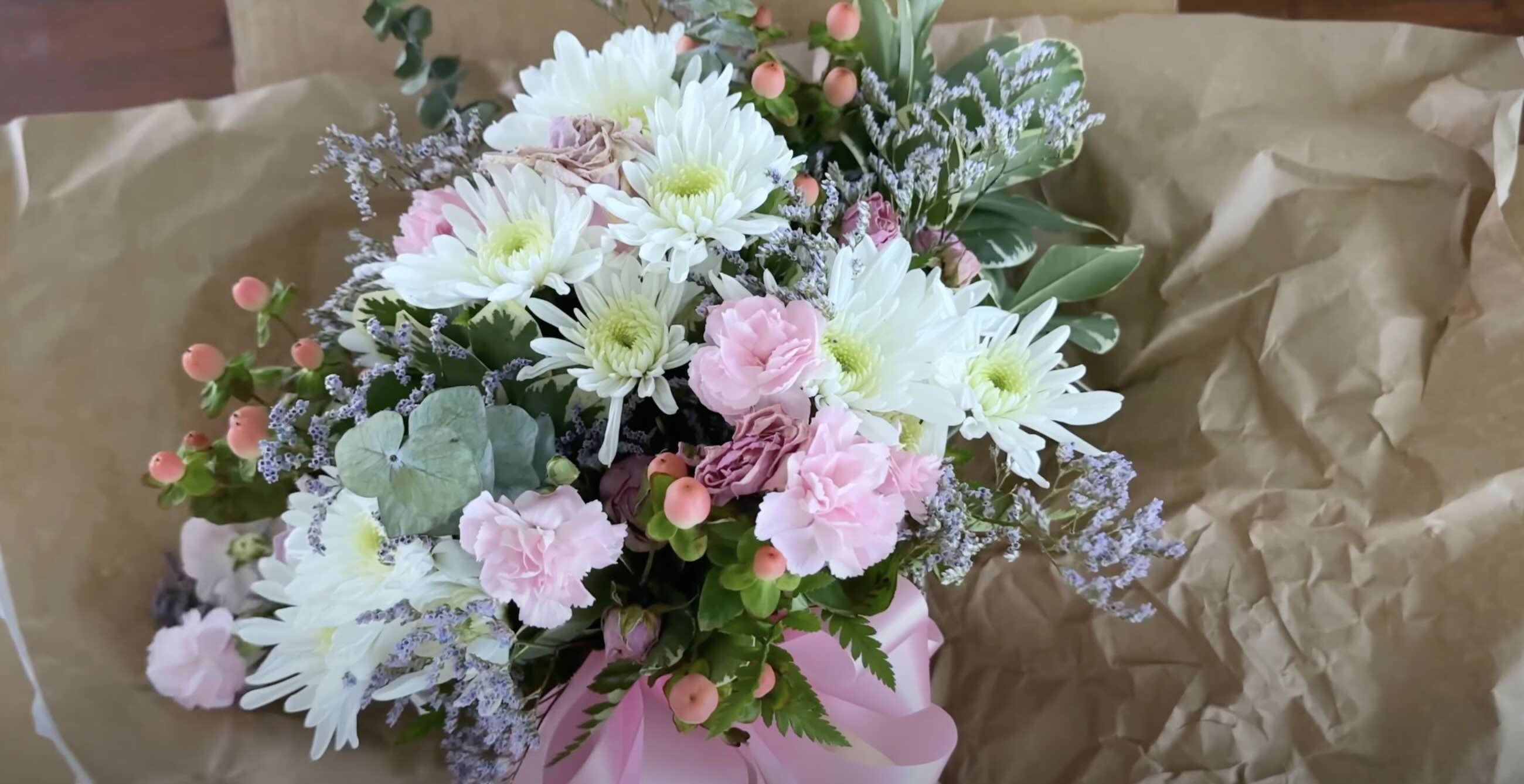
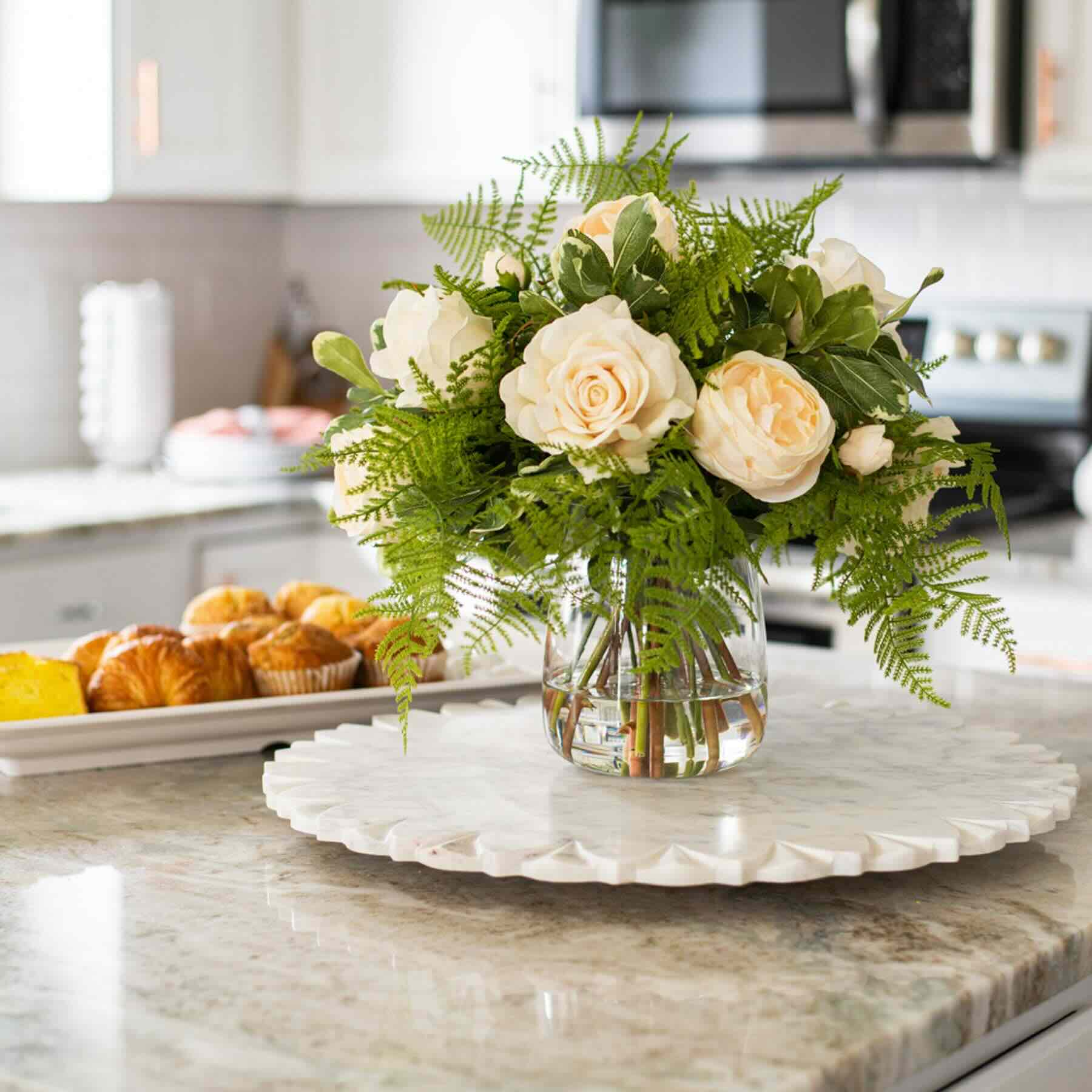
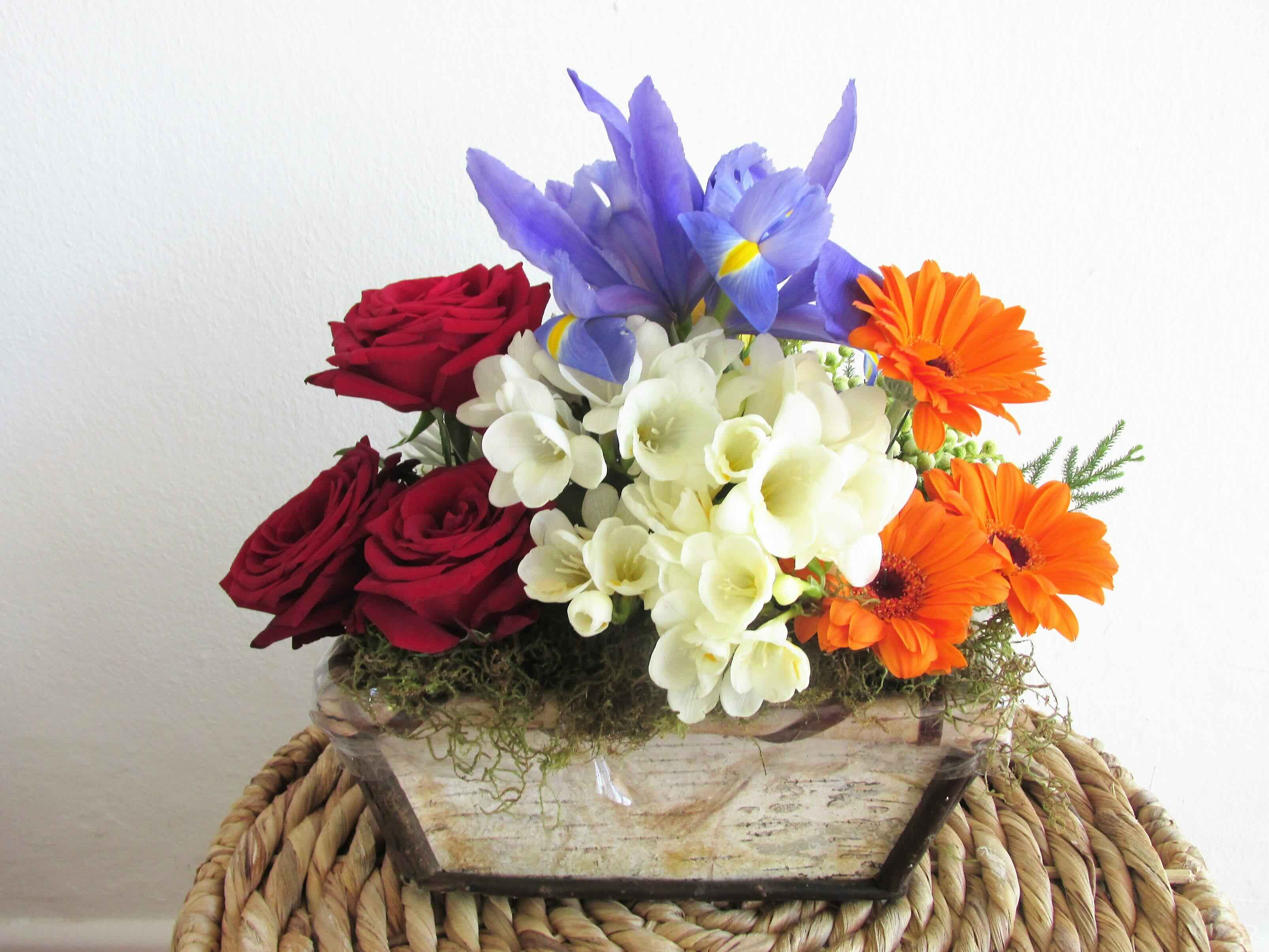
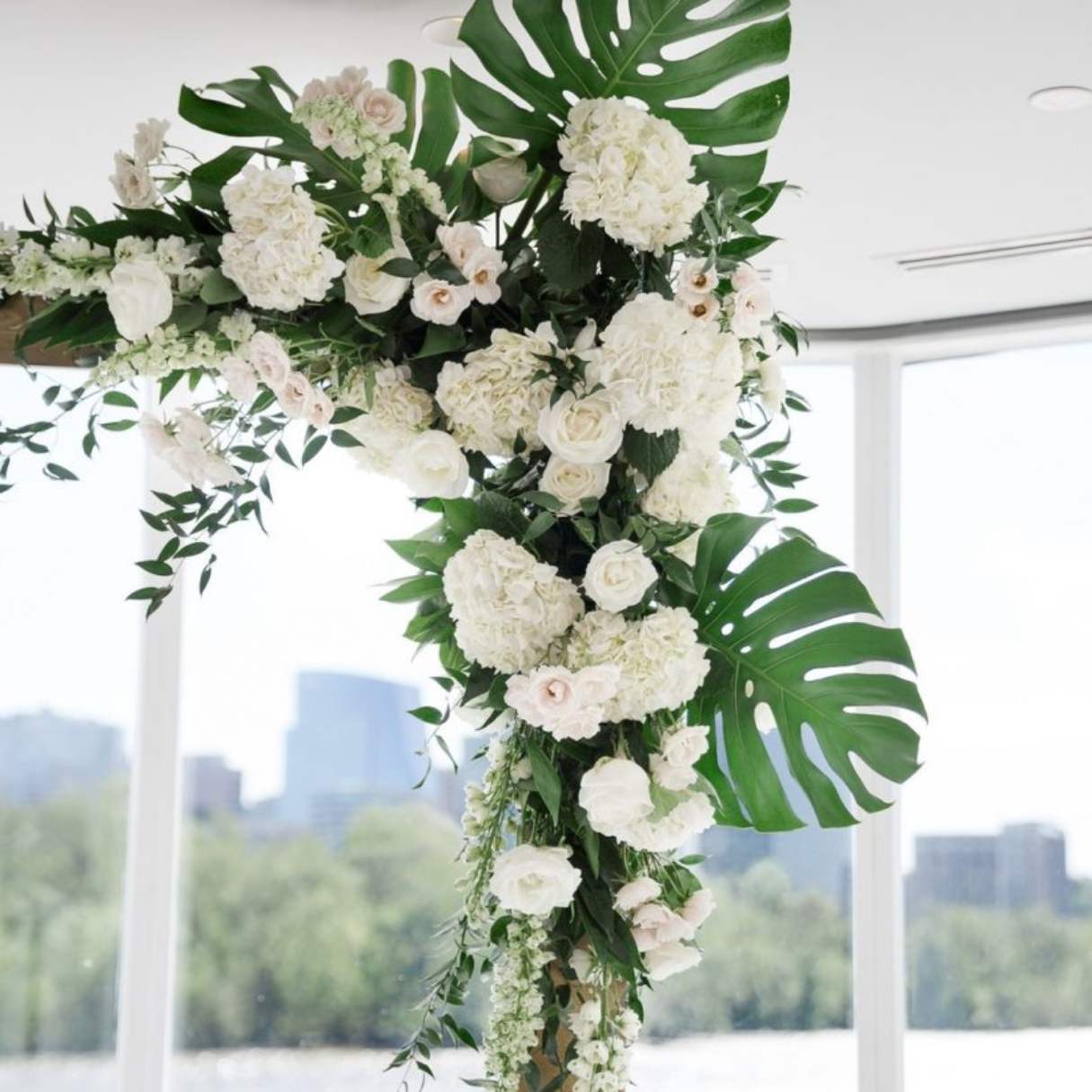

0 thoughts on “What Floral Arrangements Are Needed For A Wedding”